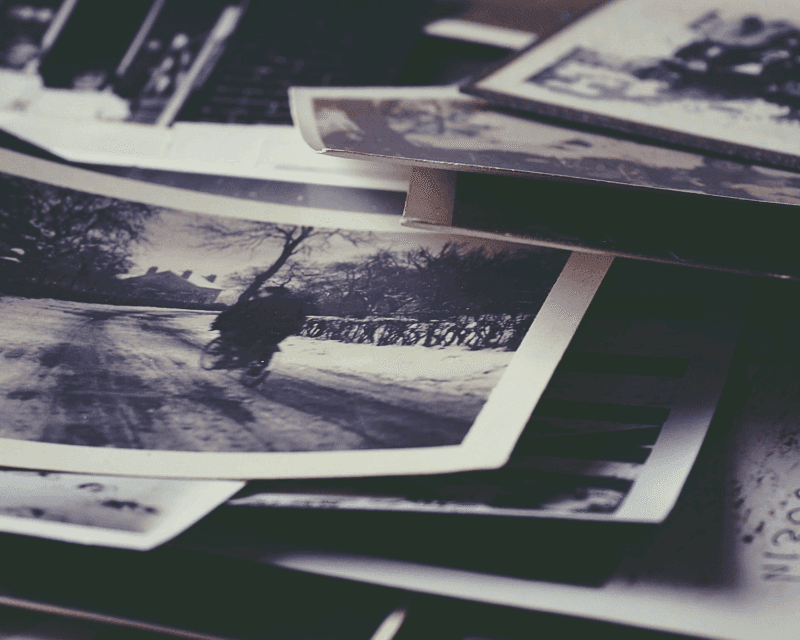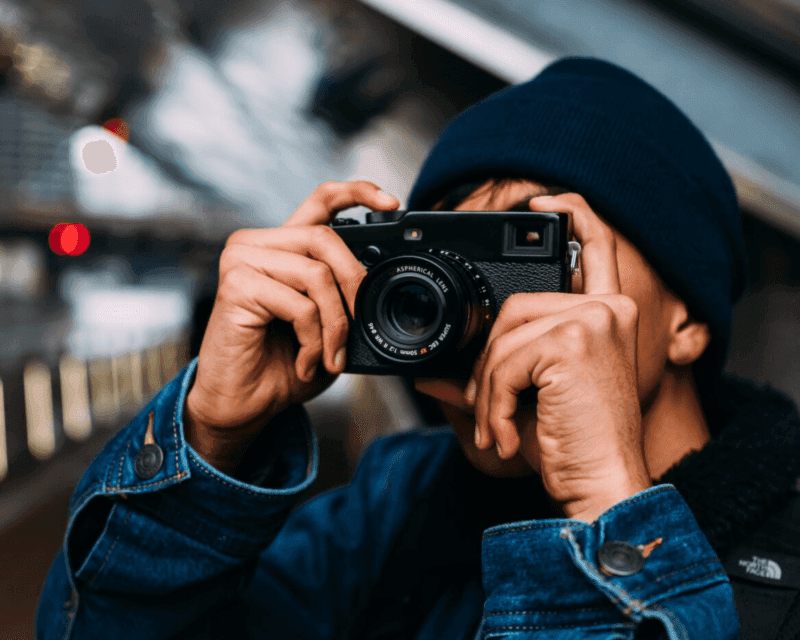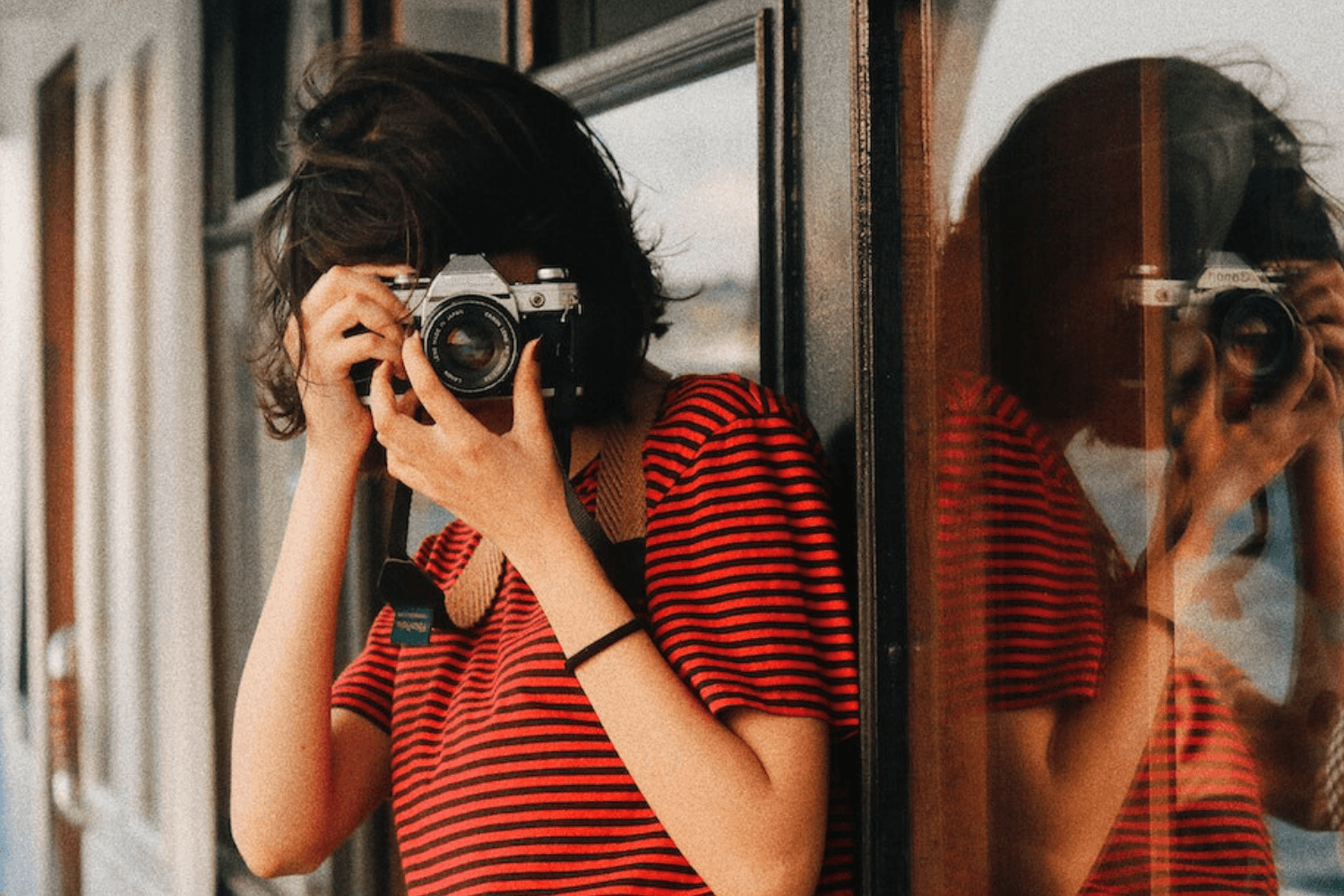Photojournalism Tips: 4 Reasons Why You Should Only Use One Lens
Yvan Cohen
Mon Jun 26 2023
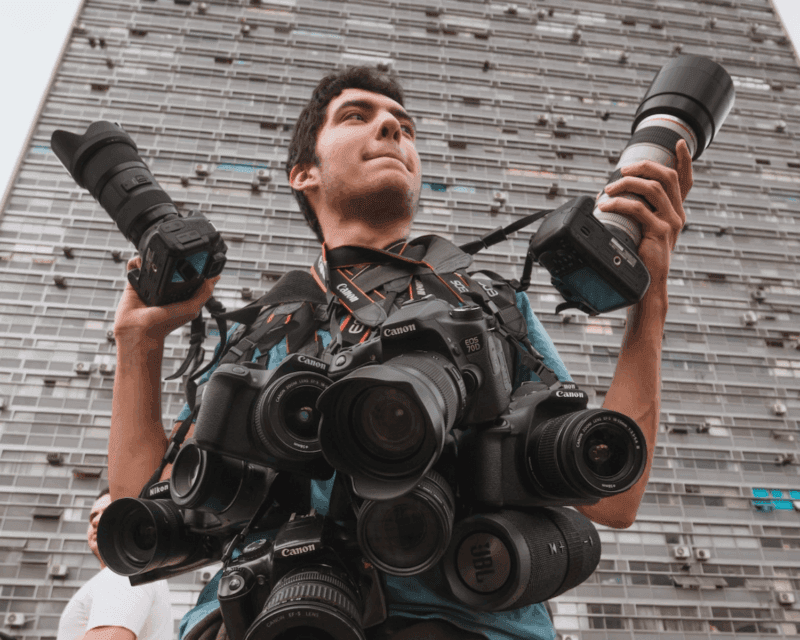
By Yvan Cohen
Okay, it’s true there is no magic gear formula for any photographic form or practice. In the end, it’s about finding what works for you and, most of all, what delivers the strongest images. So take this advice simply as guidance.
With that side note out of the way here are four good reasons why it’s a good idea to get your lens selection down to just one. This is especially helpful when working on the streets in photojournalism, documentary projects or shooting street photography.
1. Travel light and keep it simple
Remember, it’s important to not let your gear get between you and a good picture. If you’re working as a photojournalist or shooting on the street, it’s important to be nimble. You don’t want to be rummaging in your camera bag for the right lens as the action unfolds before you, and then miss that ‘decisive moment’.
Let’s face it, photojournalism can be tough. The working day of a photojournalist can be very physical and involve a lot of walking or hanging around on your feet. So it’s important to travel light which means, you guessed it, paring down your lens selection, if you can. You’ll be amazed at what you can achieve with the right choice of a single lens.
This being said, it’s always wise to have a backup camera body in your bag. A good professional doesn’t turn up for work with just one camera body, and many will have a spare set of everything: so two bodies and two lenses.
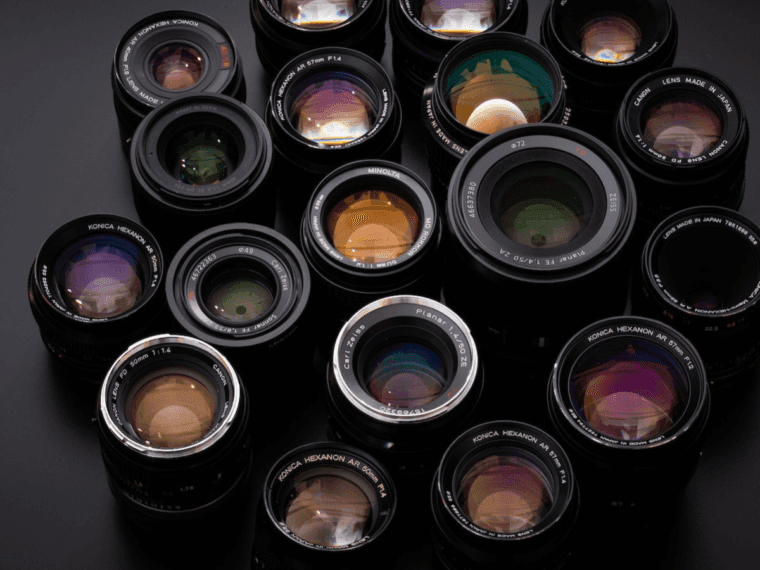 Photo by Mengliu Di
Photo by Mengliu Di
2. Zooms for versatility
With a single lens on your camera, you can focus all your energy on composing and creating great images. “But hang on a moment, if I’m to use just one lens, which one should I choose?” I hear you ask.
Unsurprisingly, if you’re limiting yourself to a single piece of glass you’ll want as much versatility as possible. With this in mind, it’s best to go for a fast zoom, in the ranges of either 24-70mm or 24-105mm.
When we say a ‘fast zoom’, we don’t mean how quickly it zooms, we mean how wide the aperture is. Zoom lenses that offer maximum (the widest, or most open) apertures of F2.8 are considered “fast”. They are also the most flexible because with a lens that opens to wide apertures you can shoot more easily in low light – which is a great advantage for photojournalistic projects.
Lenses that zoom between 24-70 or 105mm, will give you the choice of shooting wide (think 24mm, 28mm or 35mm), at a standard focal length (think 50mm) or with a limited degree of telephoto (think 70mm or 105mm).
3. Hone your photojournalism craft
Using a single lens will help you hone your craft, especially in photojournalism. Make sure you use the versatility of your zoom lens to fine tune your image compositions.
Instead of breaking your rhythm by changing lenses, with a single zoom lens on your camera you can keep on shooting. This will allow you to create a variety of shot types, from wider ‘environmental’ shots (in this context environment means including the surroundings) to narrower compositions that more effectively separate the subject from its background (with a wide aperture you can have a small depth of field and create an arty ‘bokeh’ or blurred background).
When you’re shooting in the field, perhaps in a very fluid situation like a protest or a riot, it’s a great advantage to be able to keep your eye to the viewfinder. With a single lens you can learn to work a subject creating a range of styles and looks in your images, without ever breaking your stride.
Imagine you find yourself deep in a crowd. Use your wide angle create a sense of context, showing the throng around you. Then zoom in on a face to capture an expression and convey a mood or sentiment
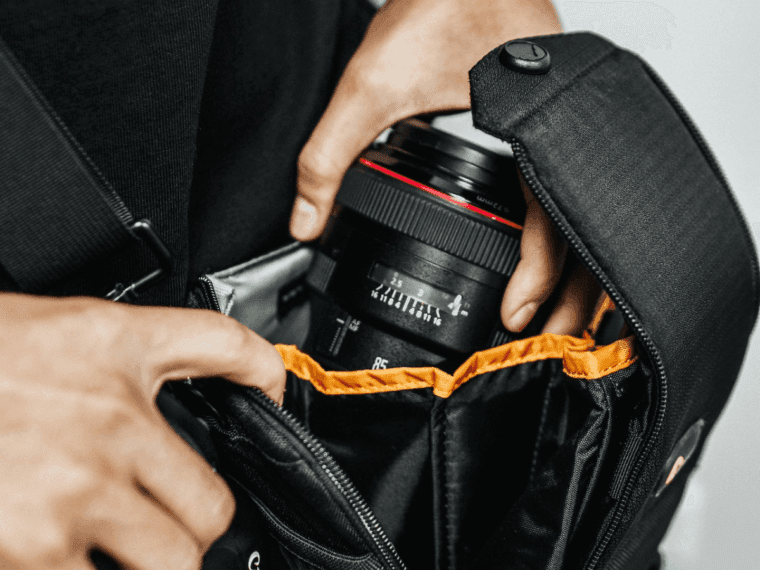 Photo by Luis Quintero
Photo by Luis Quintero
4. Keep it discreet
Good photojournalism is about getting access to your story (the harder the access the more exclusive your coverage) and about being as invisible as possible.
When you’re documenting real life, positioning yourself and your camera as a witness, it’s important to be as discreet as possible. You’ll notice that many photojournalists choose black camera bodies because they don’t stand out and catch the eye.
Similarly, you’ll see some of the greatest photojournalists working in the field with a small, battered-looking, shoulder bag with a few spare batteries, memory cards and a spare camera body. You’ll also notice that many experienced photojournalists can work effectively with just the one lens (which is of course not to say that all do – everyone finds their own best configuration when it comes to gear).
The point here is that by keeping things simple and by sticking to discipline of a single lens, you can reduce the impact of your presence. This will contribute towards increasing your chances of creating truly candid photojournalistic images.
Written by Yvan Cohen | Yvan has been a photojournalist for over 30 years. He’s a co-founder of LightRocket and continues to shoot photo and video projects around South East Asia.
Cover image by Caroline Cagnin
To read more helpful articles on photography, check out our blog page.
Join our growing photographer community at LightRocket and get powerful archive management and website building tools for free!
